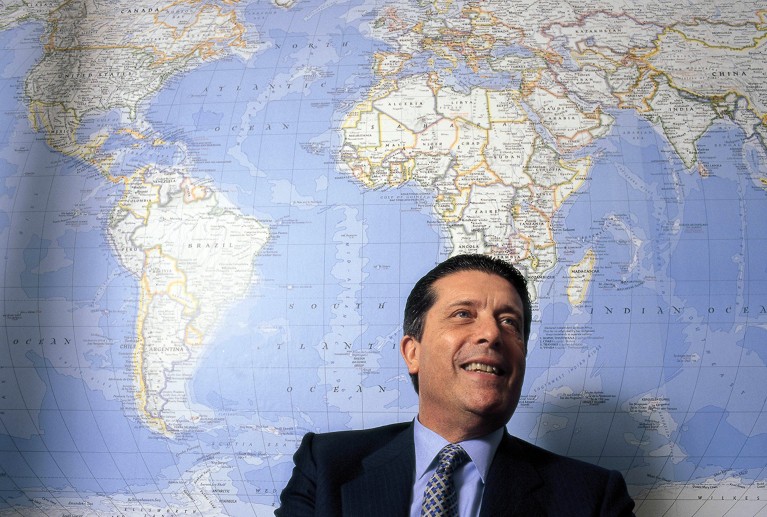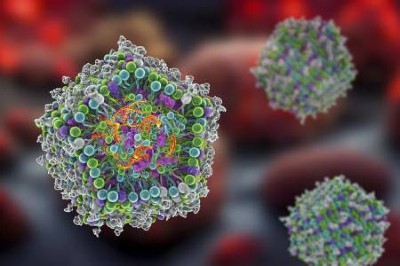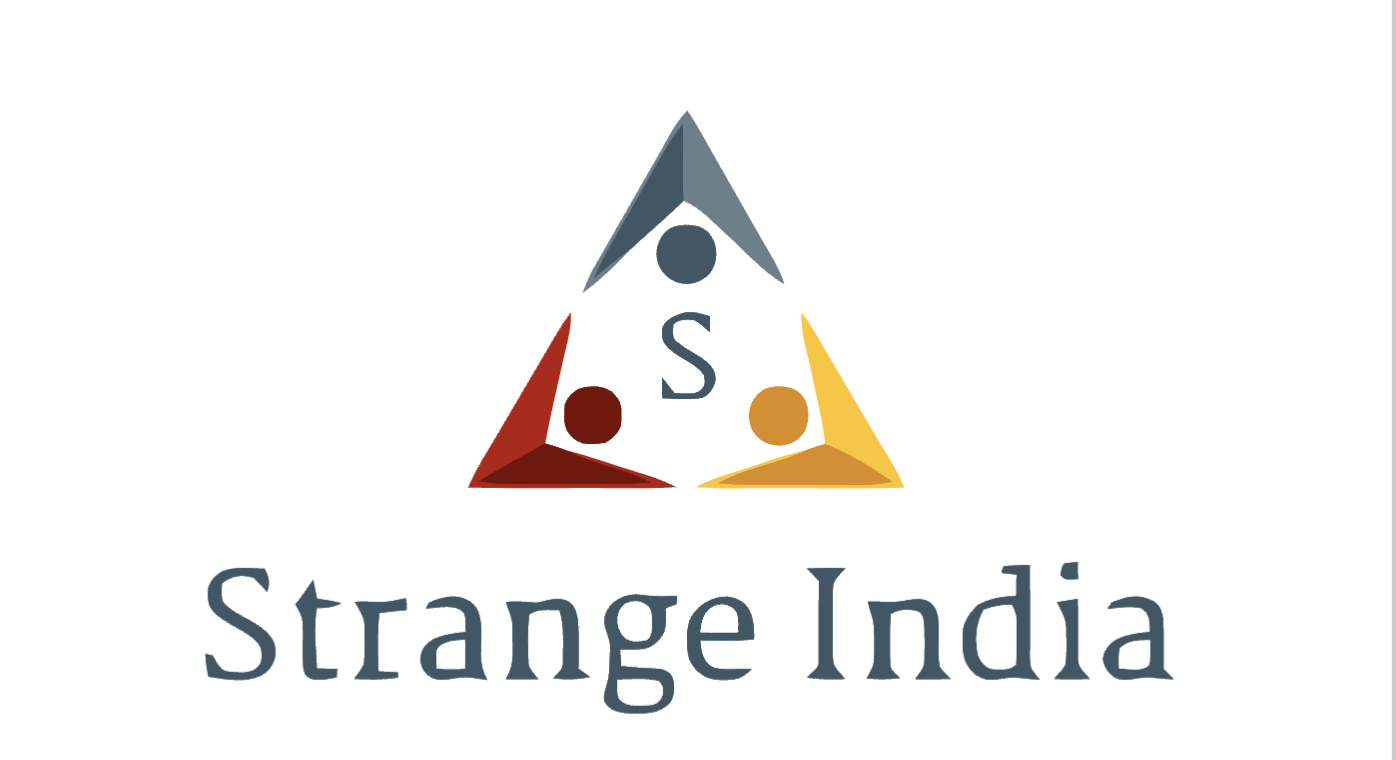
Credit: Luis Davilla/Cover/Getty
Biochemist Federico Mayor Zaragoza played a pivotal part in preventing inherited metabolic diseases in Spain, setting up the country’s first trials of the heel-prick test for newborn infants. In 1975, he co-founded the Centre for Molecular Biology (CBM) in Madrid, one of southern Europe’s pioneering research institutions. During his mandate as director-general of the United Nations cultural organization UNESCO from 1987 to 1999, and afterwards, Mayor contributed to crucial initiatives that shaped international educational and scientific policies. He has died aged 90.
Mayor was born in Barcelona in 1934 and his early years were marked by the Spanish Civil War (1936–39). His father — a self-made man with no academic training — rose to manage one of the first pharmaceutical companies to produce antibiotics in Spain. In 1950, Mayor moved to Madrid to study pharmacy. After earning a PhD in biochemistry in 1958, he became, in 1963, the youngest professor of biochemistry at the University of Granada, in southern Spain.
In 1966–67, on sabbatical in Oxford, UK, he met biochemist Louis Woolf, who had developed simple tests for the detection of some metabolic diseases, such as phenylketonuria. Phenylketonuria causes severe learning difficulties in people who are unable to metabolize the amino acid phenylalanine. However, Woolf had found that the disorder could be treated successfully with a special diet if detected early enough.

mRNA drug offers hope for treating a devastating childhood disease
On his return to Granada, Mayor decided to work on molecular diseases that affected newborn babies, including phenylketonuria and other rare metabolic conditions. Along with his collaborators, he launched Spain’s first neonatal blood-screening tests in 1968. These screens have since helped to prevent thousands of cases of genetic and metabolic disease in the country.
Balancing research with leadership roles, Mayor was the rector of the University of Granada between 1968 and 1972. In 1973, he was recruited to lead the Department of Molecular Biology at the Autonomous University of Madrid (UAM), where he mentored a large number of young investigators. With help and inspiration of Spanish Nobel prizewinner Severo Ochoa, Mayor was a key co-founder and the first director of the CBM, a multidisciplinary institute that brought together his metabolism group at the UAM and prominent researchers in virology, molecular biology and developmental genetics. He also fostered a leading centre for the diagnosis of molecular diseases (CEDEM) at the UAM, focusing on the investigation and prevention of rare genetic diseases. The CEDEM is directed by his long-time collaborator Magdalena Ugarte.
After Spain’s transition to democracy, Mayor was elected a member of the Spanish Parliament in 1977. He chaired the parliamentary committee for education and science and acted as an adviser to the country’s prime minister at the time, Adolfo Suárez. He later served as minister of education and science (1981–82), promoting measures to foster research at Spanish universities and earning accolades.
At UNESCO, Mayor focused on raising educational, scientific and cultural standards, emphasizing improvements in low- and middle-income nations in Africa and Latin America. For instance, he lent support to the World Declaration on Education for All in 1990, the Universal Declaration on the Human Genome and Human Rights in 1997 and the Declaration and Programme of Action on a Culture of Peace, which was adopted by the UN General Assembly in 1999.
